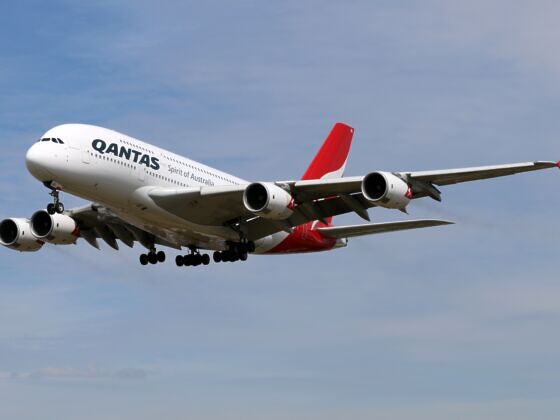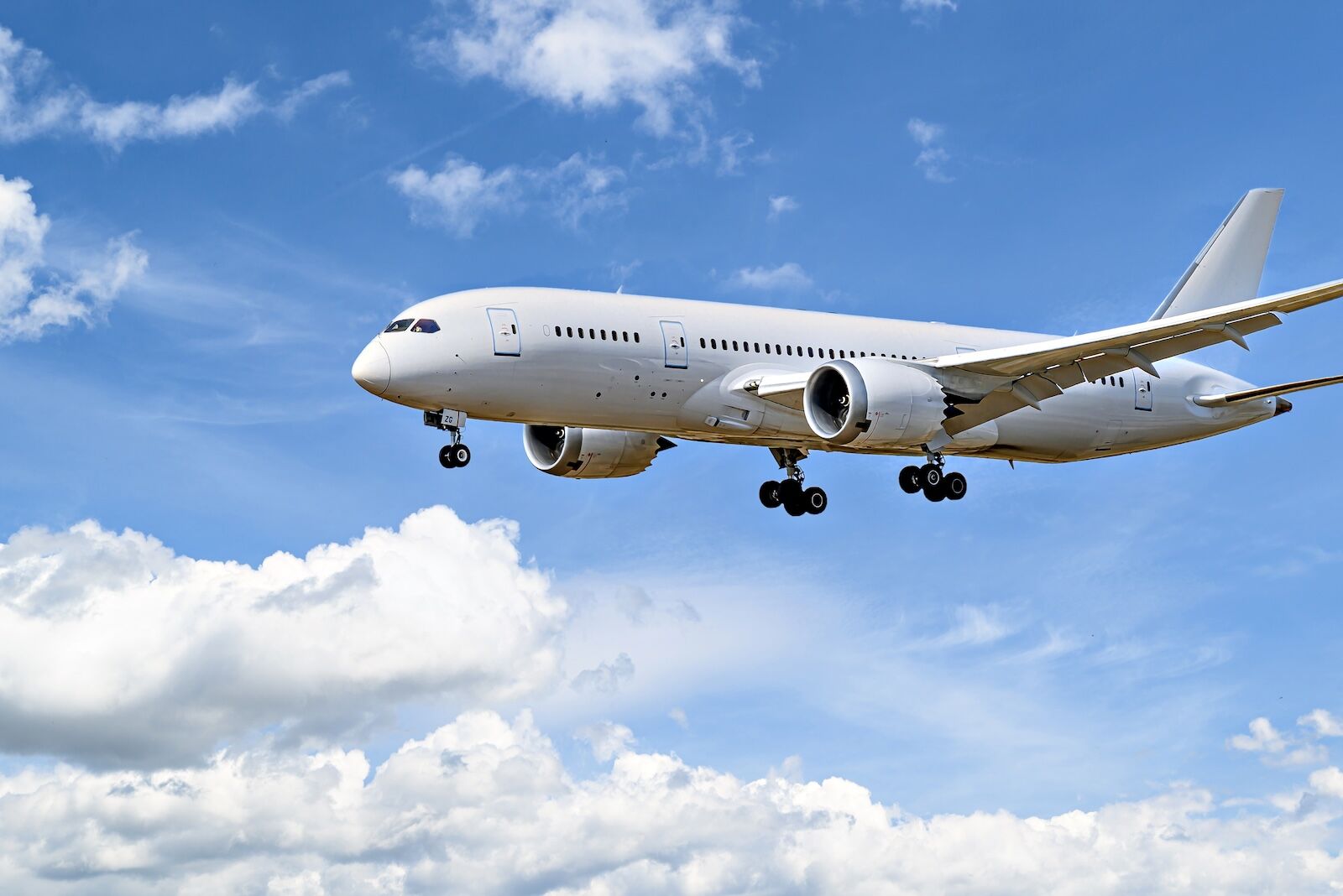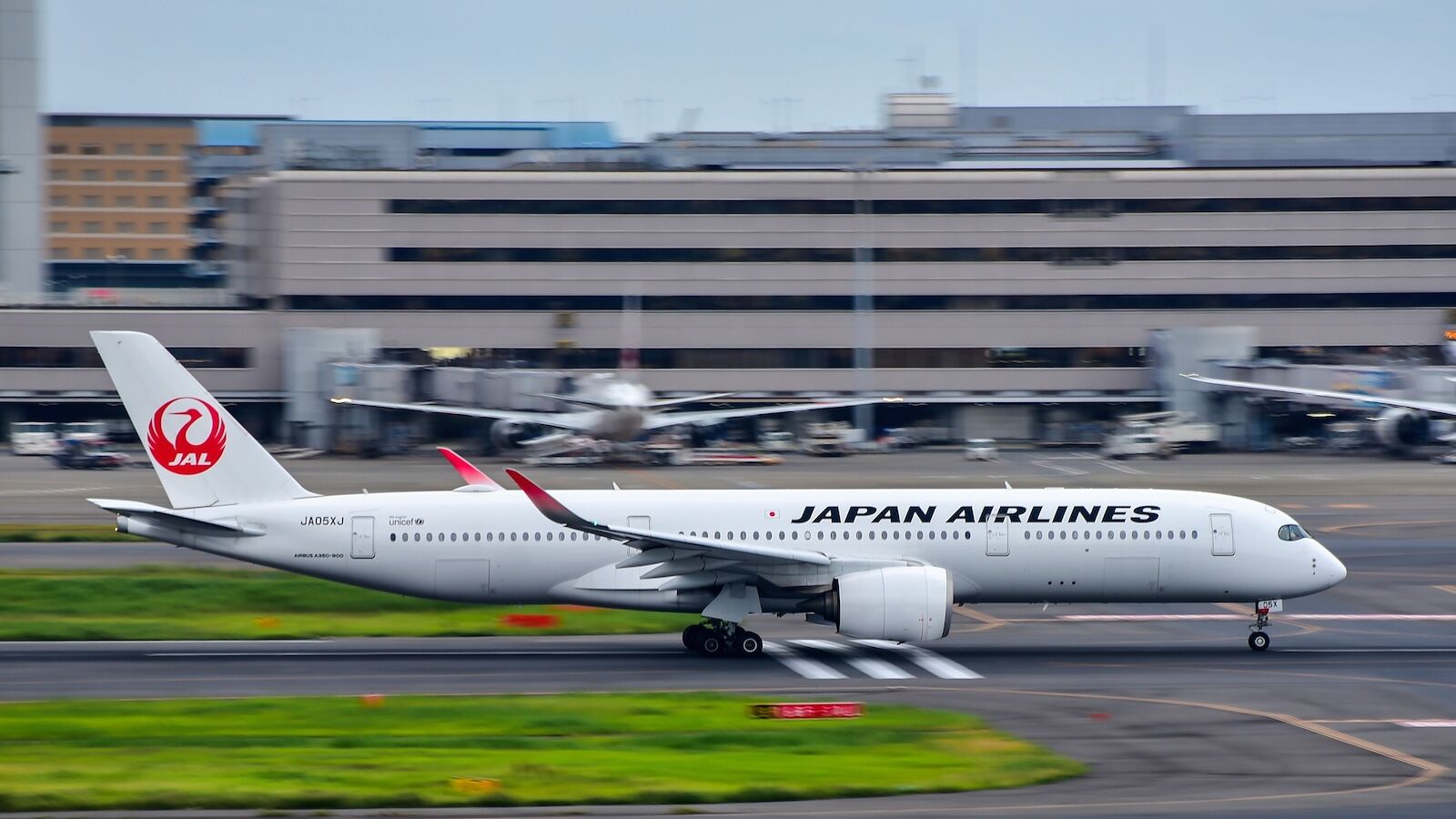A “long-haul” is, generally, any flight lasting longer than six hours. In most cases, this means you’re flying internationally, and will be served at least one meal while on board. Considering these and other factors like fuel, staffing, international regulations, and of course, the plane itself, long-haul flights are quite expensive for airlines to operate – and only certain models of commercial airplanes are up to the task of hauling 200 or more passengers, crew, luggage, and cargo. Your experience on these long flights will vary based on the type of plane you’re on, which is likely to be one of the following.


Every Plane Commonly Used for Long-Haul Flights and What Each Is Known For
What to consider when booking a long-haul flight

Photo: Minh K Tran/Shutterstock
Given that you’re going to be on the plane for at least six hours, you might as well be comfortable. The first aspect to this is plane size, though you’ll also want to consider seat configuration and legroom. Also, how much aisle space there is. Wide-body planes often offer more space and amenities. Seat pitch, width, and recline are key for comfort — you can typically find these specs by identifying the type of plane listed in the flight listing and then looking that plane up via the airline’s website. In-flight entertainment, Wi-Fi, and power outlets enhance the journey, and they’re all but a given on long-hauls.
A breakdown of how many passengers you’ll be sharing the skies with
Long-haul flights are generally on larger planes with higher fuel capacity, and to make the flights work from a financial perspective, airlines need to fill these big planes up. Here’s how many passengers you can expect to share your next long flight with.
- Smaller wide-body aircraft (like the Boeing 767): Generally between 200 and 300 passengers.
- Larger wide-body aircraft (like the Boeing 777 or Airbus A350): Generally between 300 and 400 passengers.
- Very large aircraft (like the Airbus A380): Can carry upwards of 500 passengers.
What types of planes are used on long-haul flights?
Boeing and Airbus, the two major producers of commercial aircraft, each offer multiple models that airlines can use for long-haul flights. Let’s start with Boeing.
Boeing 747 – the original ‘Queen of the Skies’

Photo: Miguel Lagoa/Shutterstock
The Boeing 747 debuted in 1969 as the “Queen of the Skies,” the most comfortable plane for long-haul flights at the time. It was the first wide-body “jumbo jet,” though it’s on its way out at the end of 2024, with just a few airlines still flying it. It was known for its upper deck, often used as a lounge or for passengers to have more space. Its typical range allowed for 8 to 12 hours without refueling, making it ideal for transcontinental and intercontinental routes, though it was not fuel efficient at all by the standards of today’s aircraft.
Boeing 777

Photo: Miguel Lagoa/Shutterstock
The 777 is designed for ultra-long-haul flights, those that require flying 10 to 16 hours without refueling. Because it can cross an ocean no problem, the plane is ideal for connecting distant continents and is generally operated for flights between North America, Europe, Asia, and Australia. The Boeing 777 is built with a twin-engine design offers improved fuel efficiency compared to older quad-engine models, resulting in lower operating costs for airlines. This will likely keep the plane in service for years to come. It’s also renowned for its reliability and excellent safety record – notable given the troubles at Boeing in recent years. The 777 is a preferred choice among international airlines of every major alliance.
The 777 is among the most comfortable planes for sleeping in the arrangements that most airlines use, especially in business and first-class cabins. It generally has wide aisles and seats designed for long-hauls, as well as plenty of space for cabin crew to rest and go about their business without intruding on flyers who want some peace and quiet.
Boeing 787 Dreamliner

Photo: Toni. M/Shutterstock
Larger windows. Extra humidity pumped in. Wide aisles and actual room to stretch. These are the defining characteristics of the Boeing 787 Dreamliner, the torch carrier for modern ultra-long-haul efficiency. No large airplane has better air circulation, and the seating and cabin arrangements utilized by the major airlines flying the dreamliner are put in place knowing that flyers will spend a significant amount of their airtime sleeping (or at least trying to sleep).
Its innovative composite construction results in superior fuel efficiency, making it a more cost-effective option for airlines. This is good for flyers, as it should help to keep costs down even as airlines search for any semblance of “eco-friendliness.” The planes can carry between 210 and 330 passengers depending on length (three sizes are available – the 787-8, -9, and -10, with the latter being the biggest).
When booking a long-haul flight, look for the plane listed either as “Boeing 787-[number]” or “Dreamliner” – both refer to the Dreamliner. Nowadays, most major airlines fly this plane for at least some of their longer routes.
Now onto Airbus.
Airbus A330

Photo: Minh K Tran/Shutterstock
Its efficient engines, coupled with a substantial range, allow the Airbus A330 to fly long-haul routes in addition to shorter flights. It’s a medium-sized, wide-body aircraft with plenty of cargo room for flyers hauling multiple bags across international borders. It typically flies about 280 to 300 passengers max, and is popular nowadays with the rise of Premium Economy cabins – the plane easily fits three cabins, with that one in addition to Business and Economy.
It can be arranged to have two aisles and a middle row of seats, ideal for long-hauls because it allows more wiggle room for passengers and prevents crowding outside of restrooms. Its not the biggest or most technologically advanced of Airbus planes, but its efficient and has a strong safety record.
Airbus A350

Photo: Jordan Tan/Shutterstock
The Airbus A350 is renowned for safe, comfortable, and relatively fuel-efficient long-haul flights. Its cabin environment – characterized by wider seats and higher ceilings – prioritizes moving around and being able to maintain some semblance of limberness on long flights. You can expect a quieter cabin, thanks to advanced noise reduction. The aircraft’s larger windows complement modern airflow capabilities that planes like the old Boeing 747 could never compare to. Many airlines also incorporate state-of-the-art entertainment systems and spacious seating arrangements to enhance the overall experience.
Airbus A380

Photo: Suparat Chairatprasert /Shutterstock
The Airbus A380 is a monster – it’s certified to fly up to 830 passengers, though it rarely reaches that level with airline configurations. The seating arrangements typically allow the plane to top out at slightly over 500, and often less. It can fly up to 9,200 miles, making the plane ideal for flights between the Americas or Europe and Australia or Asia. Unlike other models it can be configured to have a bar area for passengers, without comprising space for large seats and wide aisles.
This plane is nicknamed the “Superjumbo,” and this moniker is not an exaggeration. It can carry 3,000 average-sized suitcases and has more overhead bin space than its smaller brethren. The A380 is no longer in production, which ended in 2021, but will likely be in the skies for many years to come.